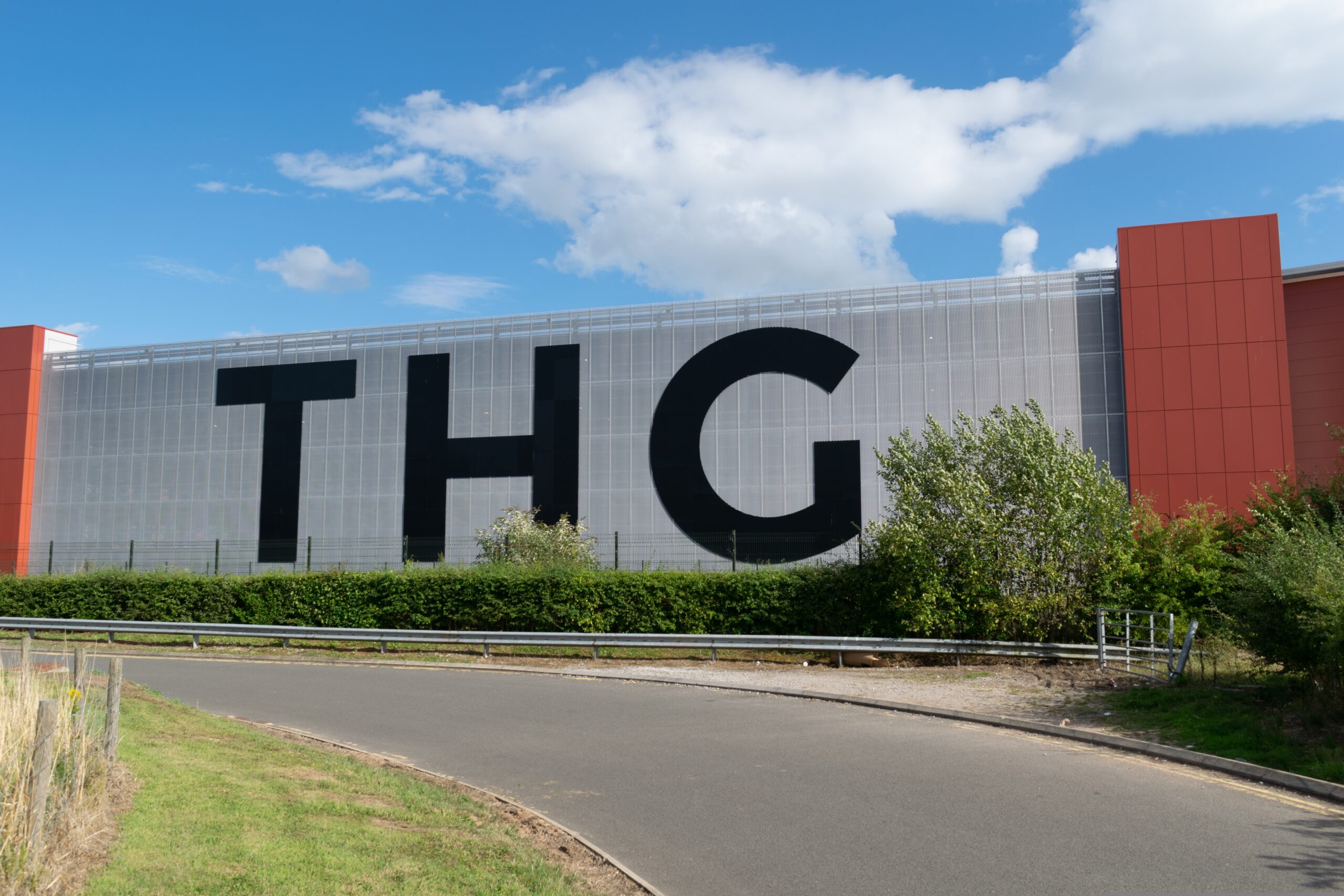Christmas is fast approaching, with Selfridges already unveiling their Christmas window displays and Hamleys launching their 2016 Christmas toy ranges.
One retailer who is trying to move away from their association with the feative season is legacy toy retailer Hawkin‘s Bazaar.
Any millennial will recall the excitement at seeing a Hawkin‘s Bazaar catalogue drop through the letterbox and relentlessly selecting every toy you wanted that Christmas. However much the same as those excited children, the retailer has had to grow and move with the times, learning that life can get difficult along the way.
In 2011 the retailer fell into administration in the heart of the Christmas period on which it usually depended. David Mordecai joined five months later as chief executive. Since then the retailer has tripled its stores, nearly doubled its revenue and has plans to expand to another 20 outlets in the next few years.
“When we went into administration, we had no online presence.”
Having created one of the UKs most popular toy chains, Modelzone, from scratch, Mordecai turned his considerable retail experience to a brand out of touch with the modern consumer.
“The administration happened in December 2011, the main reason for the demise was because the focus was totally on the retail side of the business,” he said.
They‘d opened 130 stores, 60 of those were pop up stores, the rest were big locations, big rent and big property costs. Cash quickly became an issue.
“In addition to that I think a process had started where Hawkins had become about pocket money, low prices items and toys. The culture had started to change in the country”
READ MORE: Hawkin’s Bazaar announces ambitious expansion plans
“Another reason behind that is that it was very Christmas dependent, which is very dependent on footfall. However, if you look at it there is less people on the high street over Christmas because of online. Because Hawkins was so dependent on footfall and Christmas, we‘ve tried to take the dependency away.”
Clearly the old model which had proven so successful in the past no longer worked for the toy retailer. Such a dramatic turnaround required a fresh perspective, and a leader with enough experience to be able to cut the dead weight from a business, and implement innovation effectively.
“I suppose there‘s lots of steps we‘ve taken. What we‘ve done is move away from these pocket money, low transaction items and focused more on high end, licensed brand driven products,” Mordecai added.
“Firstly, we‘ve looked at products, a lot of our new products lend themselves to seasons other than Christmas, they relate to when films come out for instance.
“We almost carpet bombed the country. We sent out millions of these things, the costs were quite large, the risks were quite large.”
“Star Wars brands to tie in with the new film, same with Harry Potter brands. We tend to go with brands or licenses which have a bit of longevity. Other merchandise is there for the film then it disappears again.
“We‘ve also introduced a lot more radio controlled products, in particular Helicopters and more recently drones. Instead of stocking one drone at £15, by the coming Christmas we‘ll be doing a drone at £400, we are looking at more than just people buying a gift for Christmas.
“In terms of drones you can go to a lot higher levels than we‘re doing but we‘re working our way up the food chain. This Christmas drones will be the number one seller in our stores there‘s no doubt about that.”
Moving products into a more modern playing field is one thing, but with competition in the toy market so fierce, especially in the lead up to Christmas, a watertight approach to selling this is also essential.
“When we went into administration, we had no online presence. We sent out a catalogue, we did a lot of offline marketing,” Mordecai said.
READ MORE: Click here to read previous Big Interview profiles
“We almost carpet bombed the country. We sent out millions of these things, the costs were quite large, the risks were quite large because it was dependent on people reading these things. People habits have moved on from picking Christmas presents out from a catalogue.
“We dispensed with all of that, we built a new online platform and we moved to pure online retail. We then integrated that with what we had on the highstreet, and became omnichannel.
“The one thing that doesn‘t work online is low priced retail products. If a product sells for less than £5 it is very hard for a retailer to make that work online. By doing what we were doing with raising the price range of our products, this transcends quite nicely to online products.
“Online is like having one really good shop, it‘s about 10 per cent of the overall retail and growing.”
With plans for ambitious store expansion it is not just the retailer‘s online presence that is growing. With a focus on drones, big branded toys and brand new VR offerings over this Christmas, Hawkin‘s Bazaar has successfully returned from the dead.
Click here to sign up to Retail Gazette’s free daily email newsletter





























